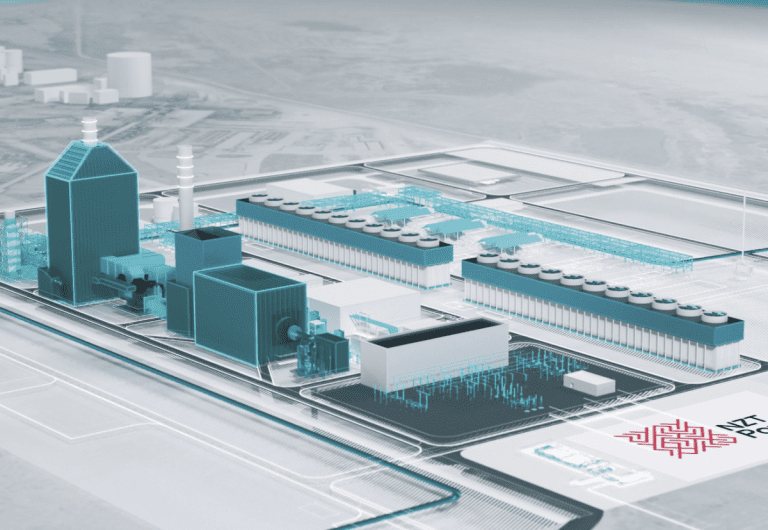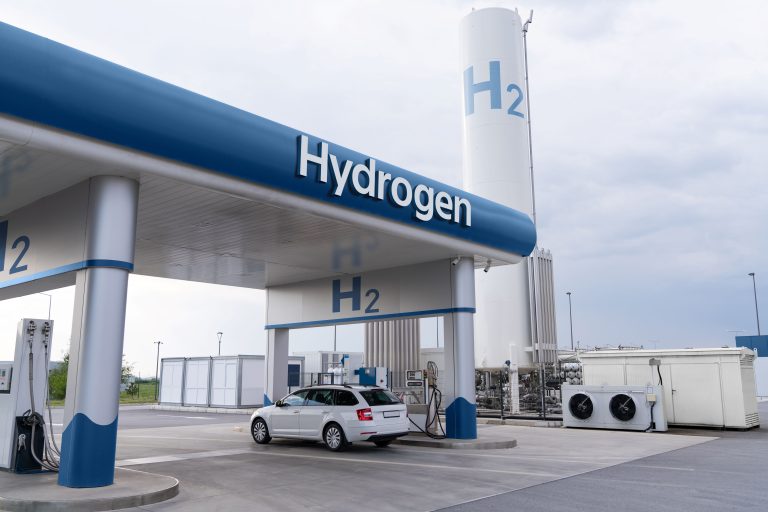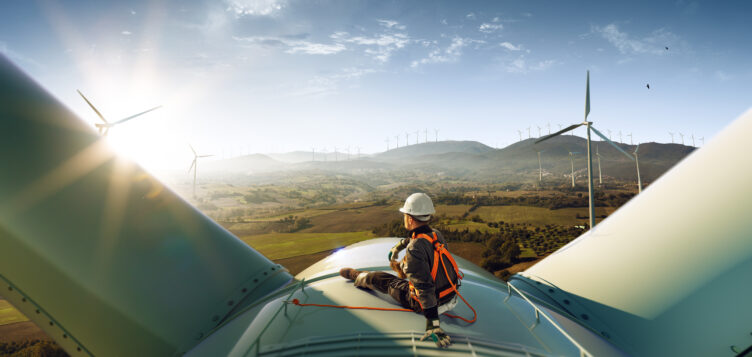The UK Government has announced a substantial £22 billion investment in carbon capture and storage projects, aimed at cutting emissions while driving economic growth. This major funding boost is set to support two significant “carbon capture clusters” in Merseyside and Teesside over the next 25 years, creating thousands of jobs and attracting private investment, all while helping the UK meet its climate targets. Prime Minister Sir Keir Starmer, alongside Chancellor Rachel Reeves and Energy Secretary Ed Miliband, highlighted the initiative as a means of “reigniting our industrial heartlands by investing in the industry of the future.” Carbon capture, utilisation, and storage (CCUS) technology traps emissions produced by energy generation and industrial processes, such as cement manufacturing, and stores them underground in geological formations like disused oil fields beneath the sea. Experts, including the International Energy Agency (IEA) and the Climate Change Committee, consider CCUS vital to achieving the greenhouse gas reductions needed to combat climate change. The Government’s £22 billion commitment will fund carbon capture initiatives in Teesside and Merseyside, focusing on projects that capture emissions from hydrogen production, gas power plants, and energy-from-waste facilities. This investment is set to generate around 4,000 direct jobs and support up to 50,000 jobs long-term. Additionally, it will help the UK remove 8.5 million tonnes of carbon emissions annually, with the first carbon being stored as early as 2028. These projects are expected to serve as a catalyst for the UK’s first large-scale hydrogen production plant, while also helping the oil and gas industry transition to greener energy sources. The move has been widely welcomed, with David Grier of Verdant Regeneration stating, “This funding provides industry with the confidence to invest in groundbreaking technology that will create jobs, spur growth, and help meet the UK’s climate ambitions.” The initiative is predicted to attract £8 billion in private sector investment. CCUS technology is also key to the development of “blue” hydrogen, which is produced from natural gas with carbon emissions captured and stored. However, environmentalists, including Greenpeace, have raised concerns that blue hydrogen still relies on fossil fuels, potentially locking the UK into what they call “second-rate solutions.” Prime Minister Starmer defended the plan, stating: “For the past 14 years, business has been held back by a dysfunctional government. Today’s announcement provides the certainty needed to deliver jobs, drive growth, and set the UK on a path to a cleaner, greener future.” Energy Secretary Ed Miliband, who first announced plans for carbon capture projects back in 2009, said, “This investment paves the way for a clean energy revolution that will revitalise Britain’s industrial heartlands.” Businesses involved in the carbon capture clusters, including those focused on hydrogen and industrial production, have welcomed the Government’s commitment. Emma Pinchbeck, Chief Executive of Energy UK, described CCUS as “a vital tool in our arsenal to decarbonise industries that cannot yet rely on clean electricity, unlocking significant investment in the process.” However, Greenpeace UK’s policy director, Doug Parr, warned that the £22 billion investment risks extending the lifespan of the oil and gas industry. He called for a greater focus on truly green jobs in sectors like offshore wind or nationwide home insulation programmes to reduce energy bills. The Government’s investment in carbon capture is seen by many as a bold step forward for UK industry and climate action, but its success will depend on balancing economic growth with genuine long-term sustainability. Building, Design & Construction Magazine | The Choice of Industry Professionals














